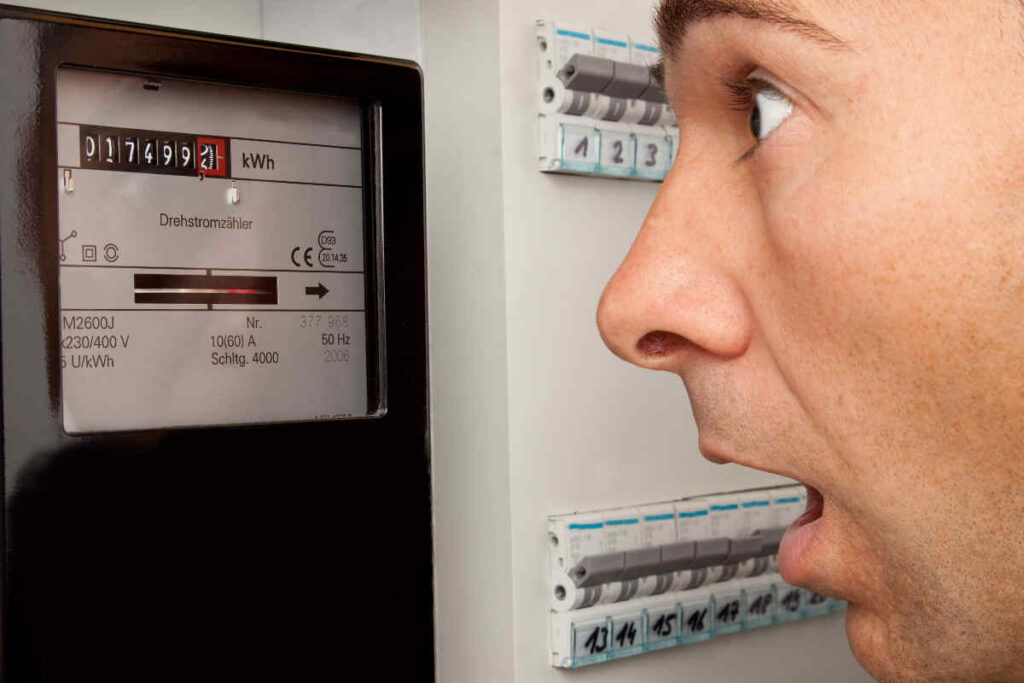Since January 2022 electric energy purchase cost by an average Polish family will increase from ca. 73 to TT gr/kWh, and since April 2022 – after VAT reduction – to 90 gr/kWh. In total, in the whole next year an average Polish family will spend ca. 20% more on electricity than in the present year. However, since 2019 when the Government “froze” energy prices, the accumulated increase of electricity prices will already reach 50%.
Poland is not alone with this problem -electricity prices grow in whole Europe and in many (if not in the majority of) other countries in the world. For example, in Southern Korea, the Government decided to increase household energy rates for the first time in 8 years.
We can still comfort ourselves that energy in Poland is not that expensive as it is in the rest of Europe. In as many as 16 states of EU household electricity rates are higher than in Poland – as it results from Eurostat data.
However, if the comparison of electricity prices takes into account purchasing power parity, meaning – in short – “the value” of our salaries – situation in Poland changes drastically. In Europe, electricity (PPP) is more expensive only in Romania and Germany.
Poland also stands out on a global scale. A global summary of energy prices for household users with consideration of purchasing power parity was prepared by German Verivox service. It shows that, apart from the stated two European countries, where you pay for electricity 45 USD cents per kWh, it is hardly possible to find any other place in the world where an average family would pay for electricity more than in Poland (44 ct/kWh). We are only beaten by poor countries such as: Mali (66 ct), Burkina Faso (62 ct), Kenya (54 ct), Uganda (53 ct), Nicaragua (52 ct), Togo (52 ct), Guatemala (49 ct) or Senegal and Philippines (44 ct).
To compare, average prices for households, with consideration of purchasing power of salaries, are: in USA and Southern Korea approx. 15 ct, in Russia 1T ct, in Tunisia 24 ct, in Australia 25 ct, in India 26 ct, and in Brazil 31 ct/kWh.
What is more, contrary to popular belief, our remunerations have already been growing slower than energy prices. As a result, we can afford less and less amount of electric energy. And it is true for minimum salary, median and average remuneration taken into account. All of these have been constantly growing for years, however, for 2-3 years they can buy us less and less electricity. The drop of energy purchasing power – after consideration of the increase in energy prices in the next year, accepted by URE and average remuneration foreseen by ZUS — ill have been so significant to take us back to 2016 in the scope of our electric wealth.
The changes have been significant so far. While in 2019 we could afford 5868 kWh with an average salary, in 2022 we will be able to buy solely 4721 kWh — being almost by 20% less than three years ago. As for the minimum salary we will buy only 2446 kWh next year. It is less than the energy amount affordable to an average Pole for an average salary half a century ago.
The very index of energy amount affordable by the average salary, is not however the best wealth indicator. Suffice to say, in 1980, due to energy rates being kept low by the Government, one could buy almost twice as much energy as today for the average salary.













